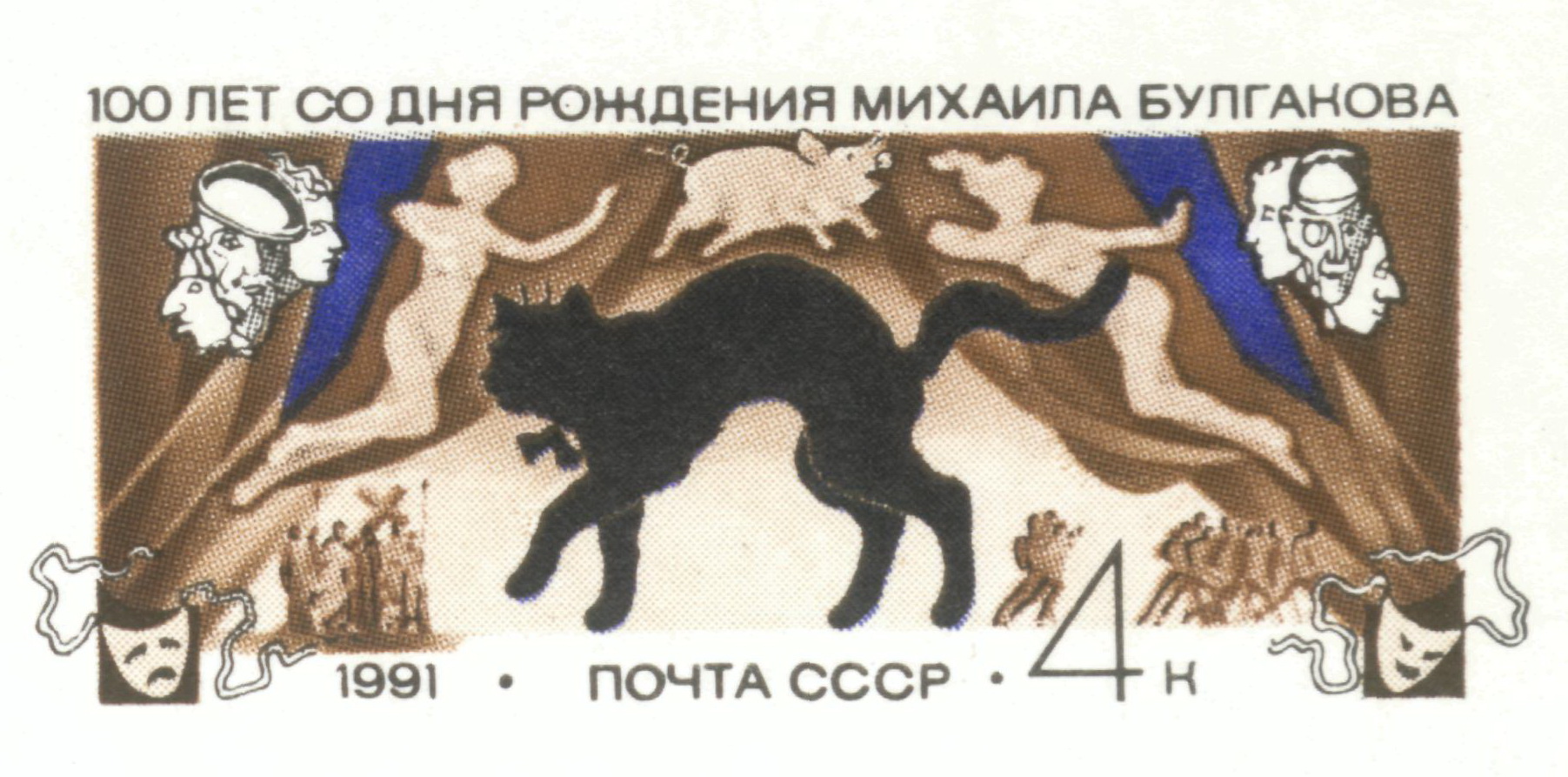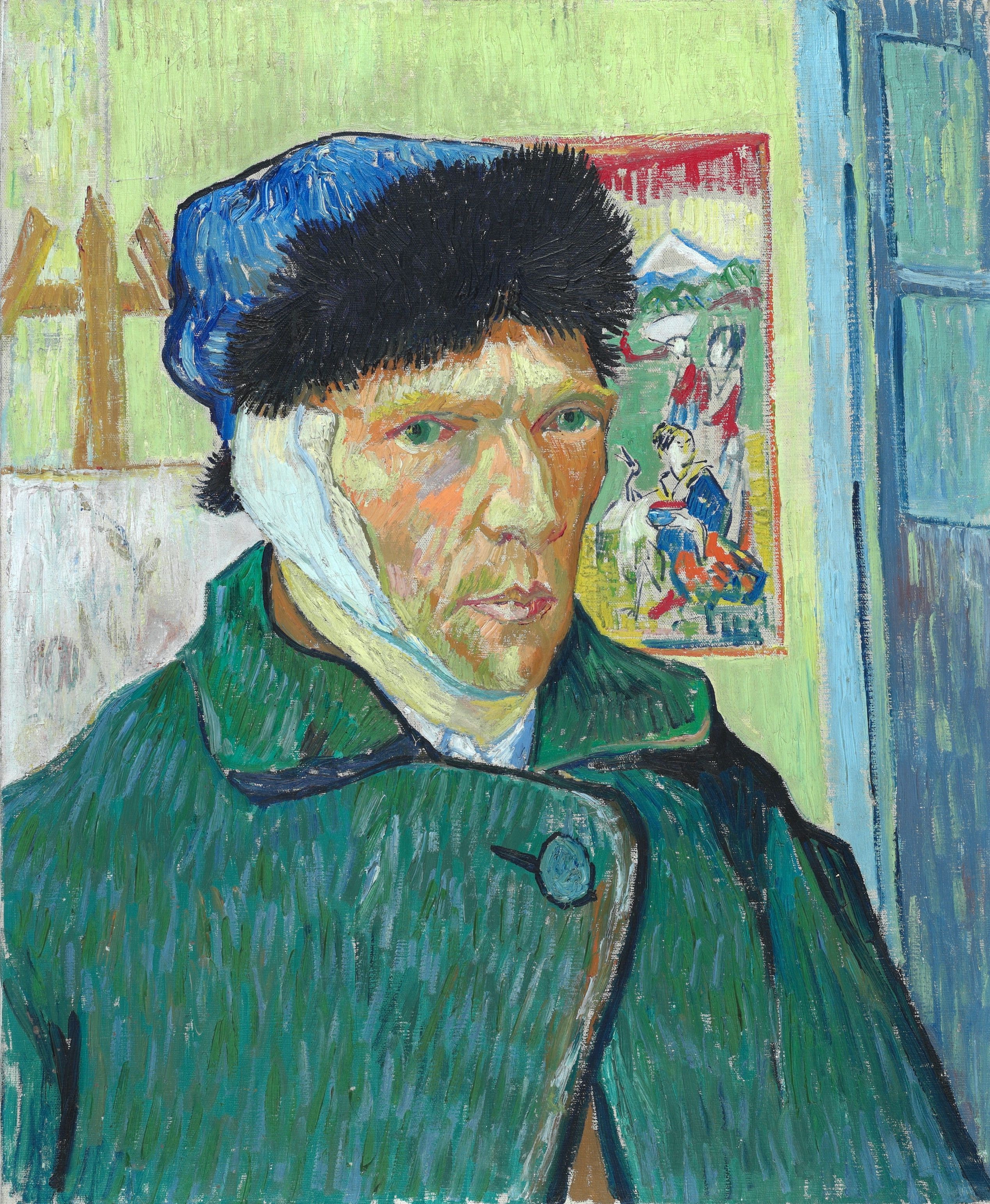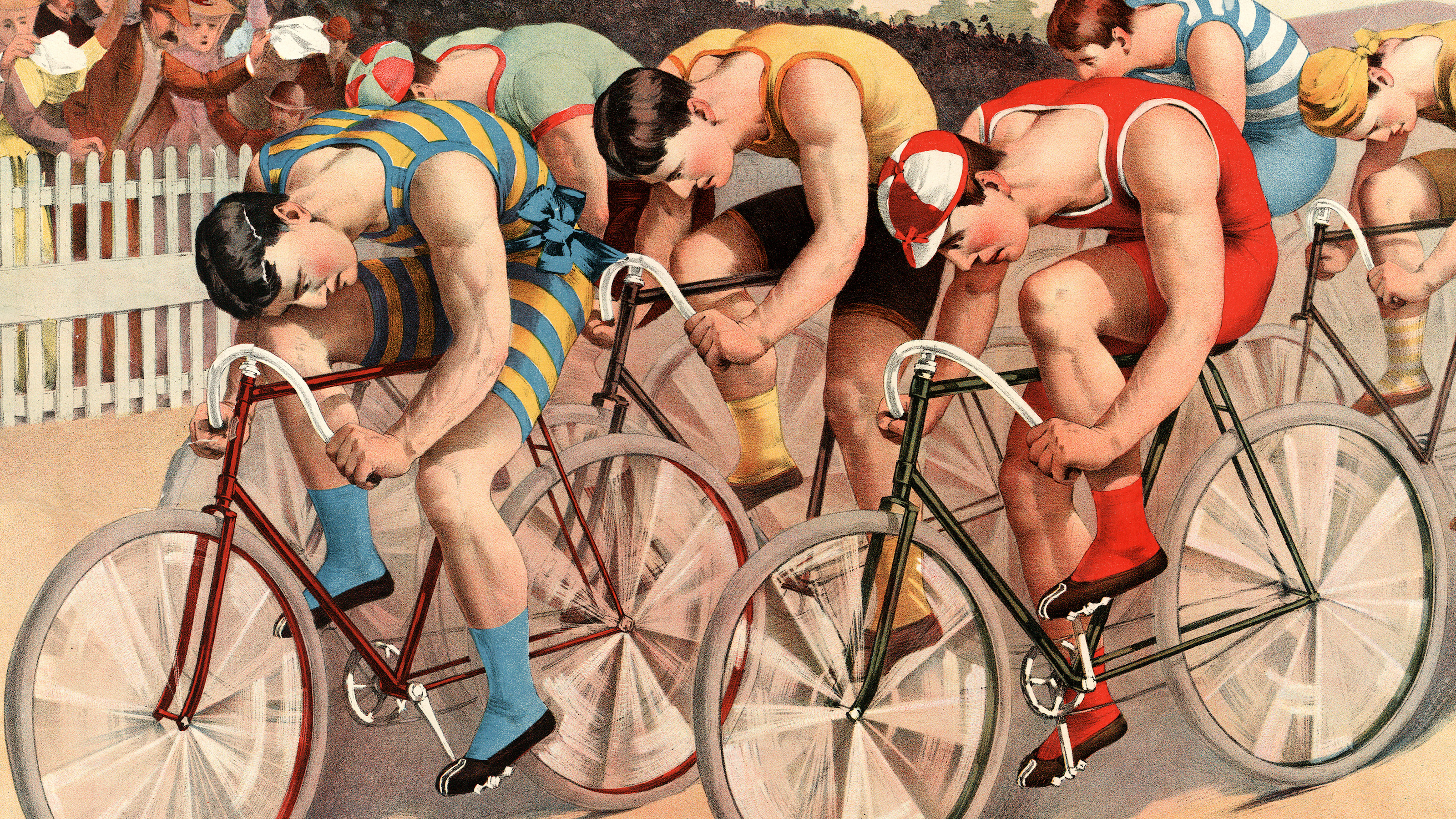3 subversive books that managed to sneak past Soviet censorship

- The Soviet culture of censorship was born in 1917 with the Bolshevik Decree on Press.
- Subversive writers could self-publish underground or learn “Aesopian language” to slip their ideas past censors.
- Some subversive books have had significant political ramifications, such as The Gulag Archipelago, which some argue helped bring down the Soviet Union.
One of the first things the Bolsheviks did after taking over the Russian government in 1917 was to ratify the so-called Decree on Press. The law prohibited the publication of “bourgeois” articles criticizing Lenin and his acolytes. What began as an attempt to eradicate political opposition quickly grew into an elaborate culture of censorship designed to regulate the flow of information at large.
At the center of this culture was the Main Administration for Literary and Publishing Affairs, later renamed the General Directorate for the Protection of State Secrets in the Press and commonly referred to as Glavlit for short. Based in Moscow and organized under the Department of Agitation and Propaganda of the CPSU, Glavlit reviewed books, articles, newspapers, and other written material for content its leadership considered harmful to the public or, more specifically, the government’s ability to control the public.
But while thorough, Soviet censorship was by no means infallible. Writers who did not agree with the government sometimes opted to self-publish their work in the underground market. Self-publication, or samizdat, helped to sustain revolutionary activity during communism just as it had under the czar. It was not for the faint of heart; writers who self-published risked not just their livelihoods but their lives. They had to put away their manuscripts inside cushions and underneath mattresses in case the secret police came knocking; if they were caught and arrested, they were sent to prison or — worse — the labor camps of Siberia.
For every writer who resorted to samizdat, there was another who stuck with goskomizdat: state publication. To get their stories past the censors, goskomizdat writers hid their true thoughts and feelings behind metaphors, allegories, and convoluted language. Regardless of their publication method, subversive books that avoided censorship left an incalculable impact on Soviet society, weakening the power of propaganda and inspiring citizens to rebel against the authorities. Some books, like Alexander Solzhenitsyn’s The Gulag Archipelago, have been credited with helping to bring down the Soviet Union itself.
Mikhail Bulgakov’s Master and Margarita
Like many talented and free-thinking Soviet authors, Mikhail Bulgakov frequently clashed with the censors overlooking his work. Bulgakov’s promising career — on the up thanks to a series of successful plays penned for the Moscow Art Theatre — came to a grinding halt in 1929 when, after upsetting Joseph Stalin, he was neither allowed to leave the country nor publish any more of his writing.
The feud with Stalin came at an inopportune time for the author, who only a year earlier had begun to work on the novel that eventually became known as his magnum opus: Master and Margarita. Set in post-revolutionary Moscow, it follows none other than the Devil, who — posing as a German exchange professor named Woland — uses his supernatural abilities to frighten communists and expose the absurdities of their new society. Fearing what would happen if the openly atheistic leaders of the Soviet Union discovered his explicitly religious manuscript, Bulgakov burned its first draft and kept later versions hidden.

“The less people know about the novel the better,” a friend warned Bulgakov’s wife Elena, who considered publishing Master and Margarita after his death in 1940. “The masterfulness of a genius will always remain masterfulness, but at the moment the novel would be unacceptable. 50–100 years will have to pass.” That was a bit of an overestimation, considering it was serialized in a Russian magazine between 1966 and 1967, though not in its entirety. Censors removed around 12% of the original text, including references to nudity, foul language, and the secret police. In practice, the censorship accomplished little, as unedited samizdat copies started circulating in Russia not long after the goskomizdat version was released.
Boris Zakhoder’s Vinni-Pukh
Contrary to popular belief, there is a strong argument to be made that subversive writers accomplish more through goskomizdat than samizdat. While authors who self-published could speak freely, limited production and distribution meant their writing would only be read by a minority of individuals brave enough to seek it out. On the other hand, if authors learned to use what the Russian satirist Mikhail Saltykov-Shchedrin has called an “Aesopian language” or an “ability to speak between the lines,” their subversive messages could go untouched by censorship and reach a much larger audience.
One writer who employed such Aesopian language was the poet and translator Boris Zakhoder, known for creating a 1960s Soviet adaptation of A.A. Milne’s beloved children’s book Winnie-the-Pooh. Zakhoder’s adaptation, romanized as Vinni-Pukh, came out during the Thaw, a historical period when Nikita Khrushchev, in an effort to distance himself from Stalin, allowed an unprecedented degree of freedom of expression in Soviet arts and media.
“The personality that Vinni represents,” Illinois Wesleyan University’s Boryana Borisova writes in an article, “stands in stark contrast to what adults would have been exposed to before the Thaw.” Similar to his British counterpart, the selfish Vinni thinks outside the box and is constantly concerned with finding and consuming his favorite food: honey. These qualities are unremarkable in a Western context. But in a Soviet one, where all aspects of life revolve around collectivism and self-sacrifice, they stuck out like a sore thumb.
Zakhoder, who was never particularly interested in promoting the socialist cause, greatly benefitted from the fact that Soviet censorship paid less attention to children’s stories than it did to literature intended for adults. Vinni-Pukh is unique among Soviet media insofar as the source material was altered not to insert socialist values, but to make its inherently British character more understandable to Russian audiences. To this day, the apolitical messages of Vinni-Pukh are remembered fondly by Russians who grew up under communist rule.
Alexander Solzhenitsyn’s The Gulag Archipelago
The Gulag Archipelago by Alexander Solzhenitsyn is without a doubt the most famous and influential work of Soviet literature to have evaded censorship. The birth of the text — an autobiography and literary investigation of life in Stalin’s aforementioned labor camps — can be traced back to the Second World War, when Solzhenitsyn, a devout communist fighting at the Eastern Front, was arrested for writing a letter to a friend questioning the military command.
For this crime, Solzhenitsyn was sentenced to eight years in the Gulag — a cold, unsanitary, and overcrowded prison system hidden in the Russian tundra. As a political prisoner, Solzhenitsyn spent his days mining and bricklaying. In addition to the backbreaking work — carried out in subzero temperatures — he had to protect himself from the other inmates, many of whom were driven to thievery and violence by starvation.

The existence of the Gulag was kept a secret from the outside world, and inmates who had served their time rarely spoke about it for fear of being rearrested. Solzhenitsyn wanted to record his experiences but rarely had access to pen and paper. When he did, whatever he managed to write down could get confiscated by the guards, earning him a beating and possibly extending his sentence. Instead, the author took to composing and memorizing stories in his head, without ever writing them down. In The Gulag Archipelago, he describes how he used to break matches into tiny pieces and arrange them into rows while reciting everything he’d composed so far, starting from scratch whenever he forgot or misremembered a line. Before long, he had written so much that this daily process took hours to complete.
After his release, Solzhenitsyn tried to have some of his writing published by the state. While Khrushchev’s regime was far more liberal than Stalin’s — and, to some extent, eager to expose the latter’s mistakes — Solzhenitsyn’s writing was considered too honest, too damning, to risk publication. Though the first edition of The Gulag Archipelago to appear in print was in Russian, it was not printed in Russia, but in Paris. Dedicated to “all those who did not live to tell it,” samizdat copies quickly made their way into the Soviet Union. These limited copies were in such high demand that readers had to finish the entire text (more than 600 pages) in 24 hours before passing it on to the next person — “not an experience anyone was likely to forget,” as Anne Applebaum wrote in Slate. Abroad, Solzhenitsyn’s writing — honest and damning, indeed — rallied the Soviet Union’s enemies and alienated its allies, arguably hastening its eventual demise.





